The sustained growth of Latino economies has had a positive impact on the demand for automation services; however, weaknesses are still observed in terms of knowledge and application of regulations. Green buildings seem to be the technology of the future for the region.
In the last two years the planet has entered a phase of some environmental concern, which, despite the efforts of some has not ceased to be an incipient crusade because those who pollute the most have not wanted to commit to a reduction of elements such as greenhouse gas emissions.
by Julián Arcila
Buildings play a fundamental role in this aspect, because with the excessive consumption of electrical energy that is enilga they are also accused of being the main causes of harmful emissions into the atmosphere.
However, there is a debate around these issues, because while the press and the main manufacturers of technology for the control of the operation in buildings propose a black scenario in case of not adopting a radical decision, but on the other hand a less fatalistic sector considers that everything that is said about global warming is nothing more than marketing.
But without being part of this debate, AC/R wanted to know how the demand for automated buildings has been moving in the last year, taking into account the global concern about climate problems. For the above, this medium came into contact with four professionals: Eduardo Espinosa, director of Tour Andover Controls, from Mexico, Antonio Gobbi, from Full Gauge, from Brazil, Oscar Silva, from EBC Ingeniería, from Colombia and Germán Cortés, president of the Colombian consulting firm Insetron.
Did the market mature?
The professionals surveyed helped to better understand the moments of automation in their respective countries, but also in those in which they have influence. Mexico and Brazil are the two largest economies in Latin America. Colombia is experiencing a certain construction dynamism and some government entities have already begun implementing energy control programs, a practice that has already been used in Mexico and Brazil.
The question that must be asked is whether Latin America is already up to the trends proposed by the market and whether the global environmental situation has had any impact on the consumption of automated solutions.
For Oscar Silva, globalization has helped to mature the Colombian market, although this is mainly perceived in the multinational, communications and oil segments.
In Brazil, as expressed by Antonio Gobbi, the Latin market in general is quite mature, as it lives a worldwide trend to control curtains, lighting and sound from a single control. The panorama presented by the representative of Full Gauge suggests that more work should be done on technical training to promote the absorption of new technologies.
New trends
In general, the professionals expressed that automation has been growing as a result of the good generalized performance of Latin economies, which have been driven by the demand for raw materials from other latitudes. However, based on this assessment, perhaps the application of control systems to buildings in Latin America has not increased as much as it has in Asia and the Middle East.
But in every region of Latin America there are trends that hint at where the consumption of these technologies could be driven from.
In Mexico, as in many other countries, there is a growing concern about energy consumption, and this is what in the opinion of Eduardo Espinosa is driving the application of practices for the control of electricity expenditure. Making an analysis of Latin America, he said that "the trend towards integration continues, aimed at making the most of the benefits of this (energy saving in a primary way). Other important trends are the use of open protocols highlighting BACNet, use of wireless networks and greater availability of IP devices." {mospagebreak}
Colombia has seen some benefit driven by foreign investment (Colombia ranked fourth among Latin nations in terms of attracting foreign direct investment, with a little more than U$9 billion; it was surpassed in its order by Brazil, Mexico and Chile. These four countries accounted for 90% of the resource inflow into the region this year), which has driven demand for automation solutions; Silva added that the modernization of the national oil company, Ecopetrol, made 2007 a prosperous year for this segment on coffee land. He added that "all projects tend to target a saving in money in the operation of the building or installation; that is why we see that automation increasingly involves more third-party systems that were not previously seen as a single system, such as HVAC, energy, plants, substations, tanks. Another issue is the protection and comfort of human beings and the protection of goods, all of which are integrated into a single integration platform."
Germán Cortés, president of Insetron, a consulting firm in automated buildings, gave a vision about this same market, who assured that they enjoyed a greater demand in design, auditing (supervision plus commissioning) and training services. According to him, the end of the second semester is the best season of the year. As a trend, he explained that "in Colombia those responsible for large industrial and commercial projects understand that it is illogical not to take into account an electronic network design within their working group. The residential sector is more backward and the concepts of home automation or control are not touched except in projects of very high social strata. In areas with warm weather, the automation issue is led by the air conditioning sector, while in the rest of the territory the predominant sector is electronic security. Both are selling solutions that talk about the issue of integration, however only in large megaprojects is the planning and design of converged electronic networks observed."
In Brazil, technological advancement and environmental concerns were the main drivers of property automation consumption; As Antonio Gobbi explained, the demands of users are leaning towards safety in the operation of control instruments and ease of maintenance. The main trend, in addition to hardware, was the implementation of automation software where the building or residence manager can monitor various variables such as ambient temperature, property lighting, among others, via computer or telephone.
However, said Germán Cortés, referring to Colombia, but in an approach that can be applied to the entire region, that the great need of the moment is to deepen training on the future benefits of automation, since there is still much ignorance on the subject on the part of owners, builders and engineers.
The most profitable
There are many differences that each economy presents and the proof of this is that the factors that drove the demand for automation solutions vary from an economic stability to a concern for environmental issues, passing through the Colombian case that is quite particular, where, say those who do business there, the stability offered by the national government to foreign investors makes this a very attractive destination to dispose of new resources. In the same way, the economic segments, since in each country the sector that is driving property automation varies.
For TAC, the best segments were office buildings, shopping malls, industry, hotels and hospitals, with a trend of higher growth in new construction rather than retrofit cases. The best markets for this brand were Mexico, Brazil and Colombia.
In Colombia, according to Oscar Silva, the oil sector, as well as the telecommunications sector, were the most prominent, allowing this firm to obtain growth of 51% compared to 2006. {mospagebreak}
The vision of services in this market, as well as its demand, was provided by Cortés, who reported that sales of studies and design of solutions grew 18%; sales of auditing (supervision) increased 12%. Sales of commissioning (receipt and testing of systems) increased by 35%, while sales of specialized training services did the same, exceeding by 8% what was achieved during 2006. All of the above allowed for an overall growth of the company of 17%. "The construction sector has demanded 65% of our efforts. 15% of our projects have been with state entities. 20% of the projects have been in the commercial sector (specifically the banking sector)," he said.
For its part, Full Gauge, reported the tripling of exports with respect to 2006, which represented 40% of sales. 60% was represented, obviously, in the local market, which represented an increase of 25% compared to what was achieved the previous year. Within exports to Central America corresponded to 11%, while South America was attributed 21%.
The rules of competition
In Latin America, the way in which trade processes are structured can sometimes be the same obstacle, since there are no clear rules for conducting business, there is still a lot of laxity on the part of legislation to resolve dumping cases; at the other end of the chain are the same distributors and contractors, some of whom are not very loyal and end up becoming mercenaries of those who offer better conditions. This certainly significantly affects the market.
AC/R Latin America spoke with the aforementioned professionals and they gave their vision on the competition in the region.
From Mexico, Eduardo Espinosa said that something that continues to be seen in the region is the practice of giving away engineering to engage the end user, as well as reducing the cost of acquiring systems in exchange for signing long-term commitments for maintenance. "This is lower CAPEX in exchange for higher OPEX. The end user should be alert to avoid 'gifts' that compromise their freedom of choice," he said.
In Colombia, the negotiation situation can be more complicated, because in the absence of regulations or regulations for automation, end users can be engaged in projects that will not always meet the promised specifications. In this regard, Silva explained that "in the area of automation there is no control of any kind; not even the international standards of an organization like CABA, from Canada, are approved." In addition, he explained, the paperwork is still too excessive to facilitate business, nor are controls applied to monopoly or prices; According to Oscar, "something that is frequently seen in this business and more in the construction sector is that the decision of the supplier is made by price causing a drop in quality and service that finally always pays the contractor".
Gérmán Cortés contributed more to understanding the reality of the Colombian and Latin American market. He assured that in terms of competition there are still some entanglements since it is concentrating on making the proposals lower, sacrificing two things: a) quality in the equipment, that is, selling economic brands that often do not meet the minimum standards necessary in the USA or CEE. And b) sacrificing engineering tasks, that is, concentrating on the sale of equipment (black boxes), without giving them an added value that achieves a true solution to the requirements of the end user. The price war is fierce on the issue of controllers, sensors, actuators and integration software, he said. {mospagebreak}
Another important aspect is that in Latin America there is still no mass production of automation technology, this being limited to the production of complements for imported solutions. The pie in Latin America is divided by the big brands from the production of controls, which leaves little room for local producers, who in most cases cannot compete on prices, but also on quality.
A worrying element that emerges from the interview with these professionals is that engineering or the consulting business is increasingly losing strength in the region, being linked to the sale of equipment. This concludes that we are in a time of trade, rather than specialization of services. A trend that will have to be paid attention to is that of green buildings or "leed" category as they are popularly known; while there are already some initiatives in Latin America, there are not many reports that the practice is becoming more widespread.
The paradox of all is that the main marketing strategy in the region is training and service, something that does not cease to surprise at a time when attention has been focused on the sale of "black boxes".



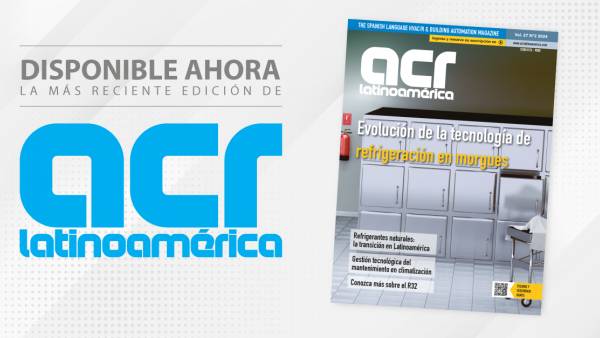
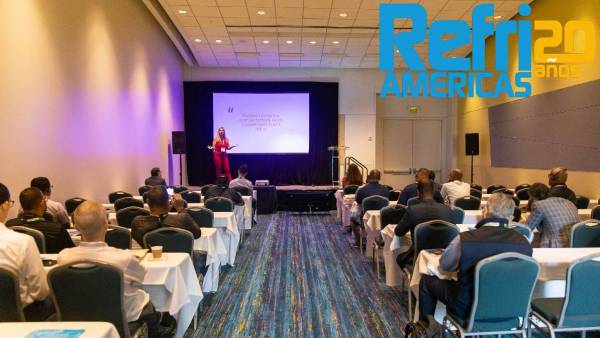
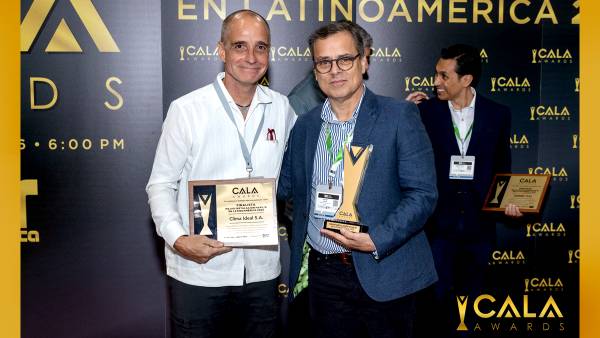


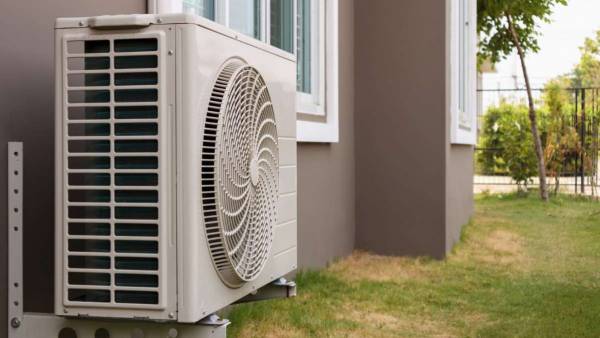

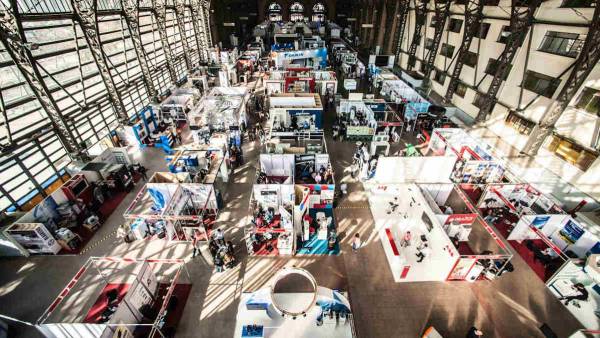














Leave your comment